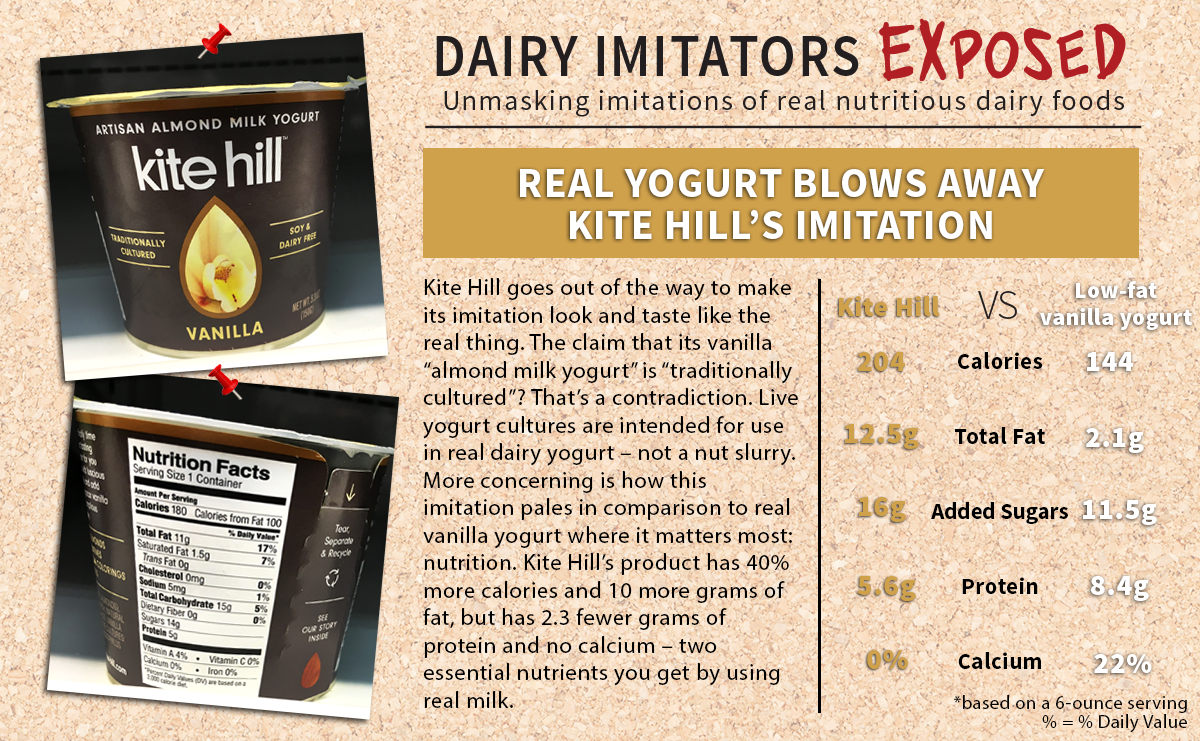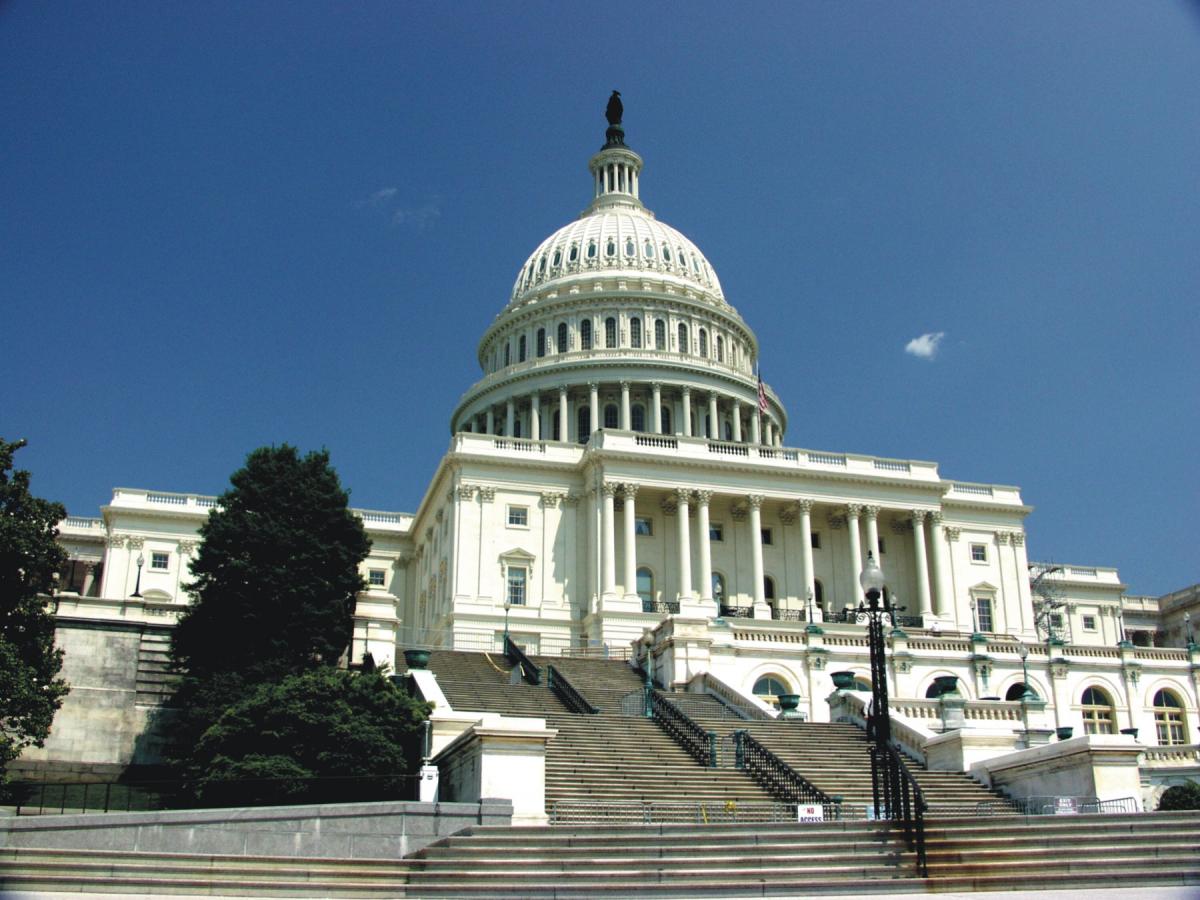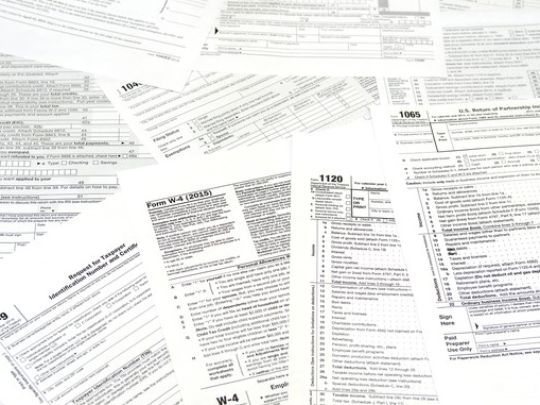NMPF staff attended December’s World Trade Organization (WTO) ministerial meeting in Argentina to fight for U.S. dairy interests and ensure other countries abide by the global trading framework. In meetings with numerous key government officials and foreign industry counterparts, NMPF senior vice president Jaime Castaneda urged a renewed commitment to disciplines on tariff and non-tariff issues.
Ahead of the ministerial session, NMPF joined the U.S. Dairy Export Council (USDEC) and the International Dairy Foods Association (IDFA) in urging the U.S. Trade Representative (USTR) and U.S. Department of Agriculture to emphasize the U.S. dairy industry’s WTO trade priorities. The joint letter touted the importance of the WTO to dairy trade, noting that “it is the responsibility of all WTO members to uphold their existing trade commitments and engage constructively in exploring ways to further improve multilateral trade.”
Key U.S. dairy sector requests include opposing proposed new limits on U.S. domestic support while several large agricultural trading countries ignore current disciplines and refuse to meaningfully expand market access opportunities. The three organizations are also seeking to ensure that countries are not permitted to evade or undermine existing commitments, such as on export subsidies or price supports.
While at the conference in Argentina, Castaneda met with high-ranking USTR and USDA officials, as well as U.S. government embassy and State Department staff. The trip allowed further dialogue with South American leaders in government and industry on issues of mutual interest. This included the ongoing European Union-Mercosur trade agreement negotiations that could negatively impact U.S. export rights to the region. Those conferences also included meetings with both the chairman and the director general of the Pan-American Dairy Federation (FEPALE) regarding the pursuit of greater partnerships in Latin America to align the goals of the U.S. dairy industry with those in Latin America.
In a statement after the Ministerial, USTR maintained the importance of ensuring that countries abide by their WTO commitments, and affirmed the need for coordination with other like-minded countries on joint efforts in international forums such as the WTO, CODEX and the World Organization for Animal Health (OIE). NMPF will continue to work with the Trump Administration to advance global export opportunities for U.S. dairy products.


 Congress returned to session on Jan. 3 with a substantial legislative roster ahead of it, including several items on NMPF’s priority list, such as securing disaster aid for farmers, passing a new Farm Bill and addressing immigration reform. In addition to these issues, Congress also must quickly focus on the federal budget, as a stop-gap funding package approved just before Christmas expires on Jan. 19.
Congress returned to session on Jan. 3 with a substantial legislative roster ahead of it, including several items on NMPF’s priority list, such as securing disaster aid for farmers, passing a new Farm Bill and addressing immigration reform. In addition to these issues, Congress also must quickly focus on the federal budget, as a stop-gap funding package approved just before Christmas expires on Jan. 19. After working intently to shape the final tax cut legislation adopted by Congress shortly before Christmas, NMPF said the measure provides several important benefits for farmers and their cooperatives. NMPF had worked closely with House and Senate members on the once-in-a-generation tax package to achieve a positive outcome for the dairy community.
After working intently to shape the final tax cut legislation adopted by Congress shortly before Christmas, NMPF said the measure provides several important benefits for farmers and their cooperatives. NMPF had worked closely with House and Senate members on the once-in-a-generation tax package to achieve a positive outcome for the dairy community.




